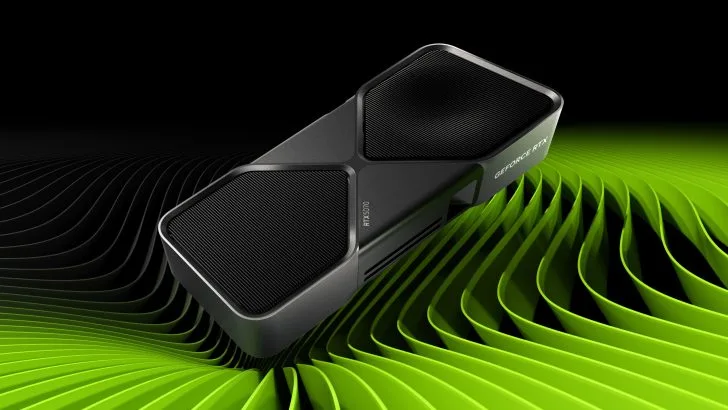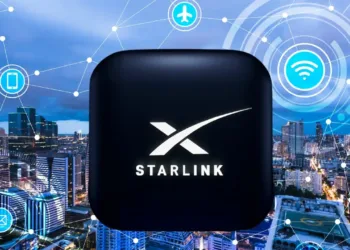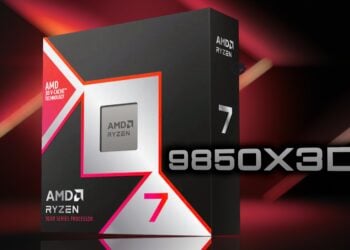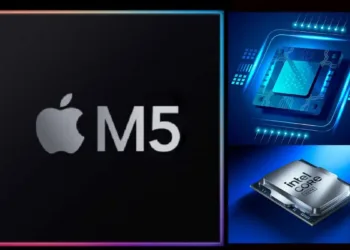The GPU market is about to heat up. As of early February 2025, new rumors surrounding NVIDIA’s GeForce RTX 5070 have sparked excitement in the tech community. Initially expected to launch by the end of February, it now looks like the highly anticipated mid-range GPU from NVIDIA will arrive in retail stores by early March. This launch timing is particularly significant because it coincides with the much-anticipated debut of AMD’s RX 9070 series, which is powered by AMD’s RDNA 4 architecture. In the race for dominance in the mainstream GPU market, the stakes are higher than ever.
In this post, we’ll dive deep into the specifications, performance expectations, and how the upcoming battle between NVIDIA and AMD could shape the future of gaming and computing. From VRAM configurations to architecture improvements, the GeForce RTX 5070 is poised to be one of NVIDIA’s most important releases in recent history.
Table of Contents
Why the Delay? NVIDIA’s Strategic Move
At first, the NVIDIA GeForce RTX 5070 was slated to launch in February, but sources now suggest a retail release is coming in early March. While the official reasoning behind the delay has not been disclosed, there are multiple theories circulating. A primary factor could be AMD’s RX 9070 series, which is expected to release around the same time. With this in mind, NVIDIA may have opted to adjust the timing of the RTX 5070 to ensure the product is launched with sufficient inventory levels and a more refined marketing strategy.
This strategic delay may also be a response to the issues that NVIDIA faced with its higher-end GeForce RTX 5090 and RTX 5080 models. Both GPUs encountered challenges at launch, including inconsistent availability and performance discrepancies. NVIDIA could be working to avoid a repeat of this situation with the RTX 5070, a critical card for its mid-range offering. The company might also be focused on ensuring that inventory levels are optimized so the GPU can meet demand from day one.
GeForce RTX 5070 Specifications: The Blackwell Advantage
Let’s take a closer look at the GeForce RTX 5070’s specifications to understand what makes it so exciting. NVIDIA has equipped the RTX 5070 with the new GB205 “Blackwell” architecture, a successor to the Ampere-based architecture that powered the previous generation of GPUs. The RTX 5070 is a significant step forward in terms of design and performance, and here’s a breakdown of what you can expect:
1. GB205 “Blackwell” Architecture
The RTX 5070 will be powered by the GB205 “Blackwell” architecture, a refined design that promises better efficiency and performance than the previous generation. The architecture focuses on improving performance per watt, making it more suitable for gaming at high resolutions and heavy workloads like video editing or 3D rendering.
This architecture is part of NVIDIA’s plan to ensure that its mid-range offerings maintain competitive performance, even as they face off against AMD’s RDNA 4-based GPUs. Blackwell aims to deliver better ray tracing performance and support for advanced AI-driven features such as DLSS 3, which has become a hallmark of NVIDIA’s gaming GPUs.
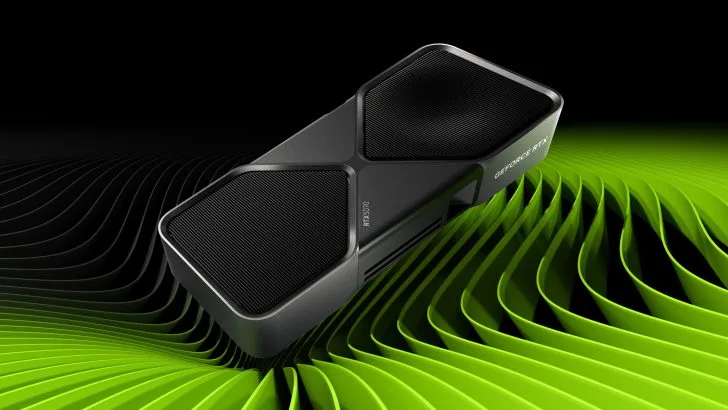
2. VRAM and Memory Configuration
The GeForce RTX 5070 will feature 12 GB of GDDR7 VRAM, an upgrade over the previous generation’s GDDR6 memory. The card will run on a 192-bit memory bus, delivering excellent bandwidth for modern gaming applications and tasks that require large amounts of memory. With 28 Gbps memory speeds, the RTX 5070 will be capable of delivering up to 672 GB/s of total memory bandwidth, a significant improvement over the RTX 4070’s bandwidth.
The move to GDDR7 memory is expected to help the RTX 5070 handle more demanding workloads, particularly for high-resolution gaming, video editing, and other GPU-intensive tasks. The 12 GB of VRAM will be an ideal configuration for gamers who want to experience AAA titles at 1440p or even 4K resolution, as well as those looking to future-proof their builds for upcoming releases that demand more memory.
3. Boost Clock and Power Efficiency
The GPU will feature a boost clock of 2512 MHz, a slight increase from the 2475 MHz of the RTX 4070. This higher clock speed is expected to provide better overall performance, particularly in games and applications that rely heavily on GPU power.
With a total board power (TBP) of 250W, the RTX 5070 will consume more power than previous 70-class models but should offer a notable performance boost. This increase in power consumption is likely to be a trade-off for the improved performance, particularly as the card aims to compete in the higher end of the mid-range segment. While the 250W TBP is higher than the previous generation, it should still be manageable with most modern power supplies, which is an important consideration for gamers building new systems.
Expected Performance: A Leap Forward in Gaming
The GeForce RTX 5070’s performance will be crucial in determining its success in the market. Based on initial leaks and rumors, NVIDIA has made some bold claims about the performance of the RTX 5070, suggesting it will rival the GeForce RTX 4090 in certain workloads. However, as history has shown, launch-day performance can sometimes differ from early marketing claims, and we can expect the final results to be a bit more nuanced.
In gaming, the RTX 5070 is expected to deliver substantial improvements over the RTX 4070. For example, early testing suggests that the RTX 5070 will offer up to 2 times better performance in demanding titles like Black Myth: Wukong. This game, known for its impressive graphics and complex AI, will be a strong benchmark for the RTX 5070, and NVIDIA is betting that its DLSS and Ray Tracing capabilities will allow the card to perform well in such graphically intensive titles.
Moreover, with support for the latest versions of DLSS (Deep Learning Super Sampling) and Ray Tracing, the RTX 5070 will likely excel in games that utilize these technologies. DLSS has become a key feature for gamers who want to enjoy high frame rates while maintaining impressive visual fidelity, and Ray Tracing will continue to provide more lifelike lighting and shadow effects in compatible titles.
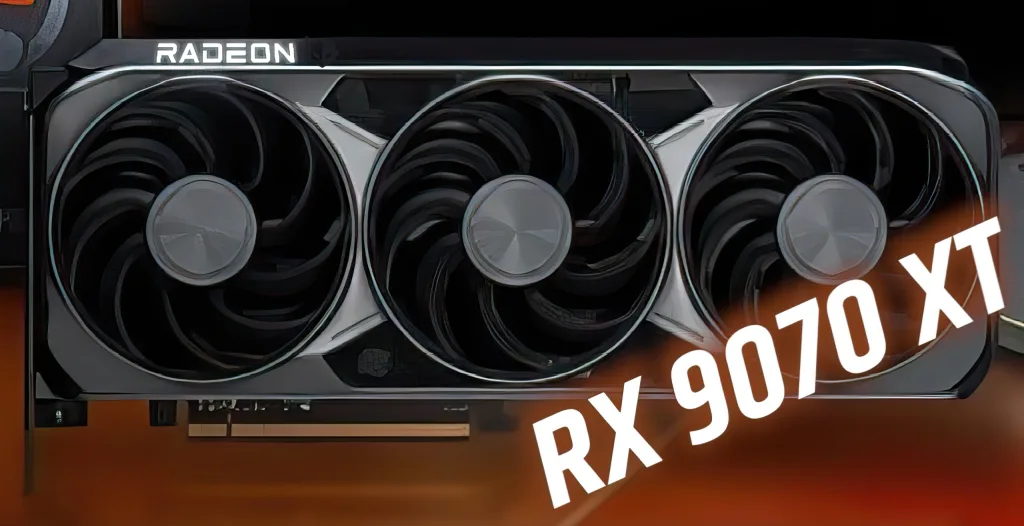
The AMD RX 9070 Series: A Formidable Competitor
While NVIDIA is looking to dominate the mid-range GPU market with the RTX 5070, AMD is preparing to launch its RX 9070 series. Powered by the RDNA 4 architecture, AMD’s RX 9070 GPUs are expected to give NVIDIA a run for its money, especially in the mid-range segment where price-to-performance ratios are crucial.
1. Memory Configurations
The AMD RX 9070 series is expected to feature 16 GB of GDDR6 memory, a notable advantage over the 12 GB VRAM offered by the RTX 5070. This extra memory could be beneficial for gamers who plan on playing at higher resolutions or using their GPUs for demanding professional workloads like video rendering and 3D modeling.
2. RDNA 4 Architecture
AMD’s RDNA 4 architecture promises substantial improvements in efficiency and performance. It will focus on offering better price-to-performance value, which has historically been AMD’s strong suit. AMD’s GPUs have always offered great value, and the RX 9070 is expected to continue this tradition. However, it remains to be seen whether RDNA 4 can match the ray-tracing capabilities and AI-driven features that NVIDIA’s Blackwell architecture offers.
3. Performance and Benchmarks
Although there are no official performance benchmarks for the RX 9070 series yet, it’s expected that the card will compete directly with NVIDIA’s mid-range offerings, such as the RTX 5070. If AMD can deliver strong performance at a competitive price, it could take market share from NVIDIA, especially for gamers who don’t prioritize ray-tracing features and are looking for a more budget-friendly option.
Pricing and Market Impact: Will NVIDIA Dominate?
Pricing is one of the most important factors for gamers when choosing a new GPU. The NVIDIA GeForce RTX 5070 is expected to retail at an MSRP of $549, placing it squarely in the mid-range category. This price point is expected to be competitive against AMD’s RX 9070 series, which could be priced similarly, depending on the final specifications and features.
NVIDIA’s strategy for ensuring solid inventory levels will be critical to the RTX 5070’s success. If the company can maintain consistent availability of the card at the $549 price point, it could gain significant traction in the market. The RTX 5070 is likely to be a popular choice for gamers who want to experience cutting-edge graphics technology without breaking the bank.
Additionally, if NVIDIA’s performance claims hold up, the RTX 5070 could offer a compelling reason for gamers to upgrade their GPUs, particularly if they are currently using older models like the GTX 1660 or RTX 3000 series.
Conclusion: The GPU Showdown of the Year
As we look forward to the March 2025 launch of the GeForce RTX 5070, the GPU market is set for an exciting showdown. With NVIDIA and AMD both bringing their best to the table, it’s clear that competition will be fierce. NVIDIA’s GeForce RTX 5070, powered by the new Blackwell architecture, promises impressive performance, cutting-edge features, and a price point that could make it one of the most popular GPUs of the year.
However, AMD’s RX 9070 series, with its 16 GB of GDDR6 memory and RDNA 4 architecture, is expected to be a strong competitor. The battle for supremacy in the mid-range GPU market will be determined by not only performance but also availability, pricing, and the overall value each company can provide to gamers.
Both teams are preparing for a launch that could define the next era of gaming, so whether you’re a die-hard NVIDIA fan or an AMD enthusiast, March is shaping up to be a pivotal month in the GPU world.
Stay tuned for more updates as we get closer to the launch dates, and keep an eye out for the first benchmarks and reviews to see how these two powerhouse GPUs compare in the real world.

